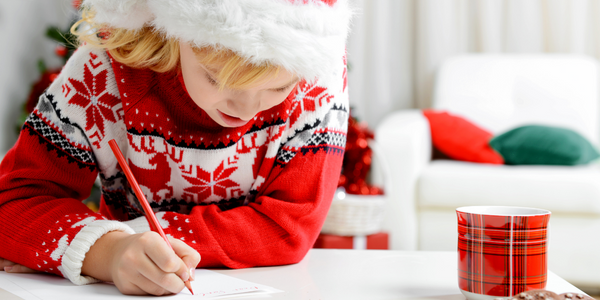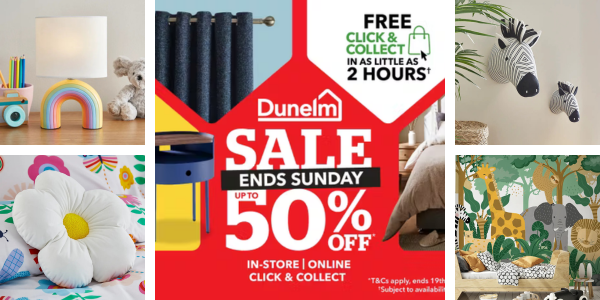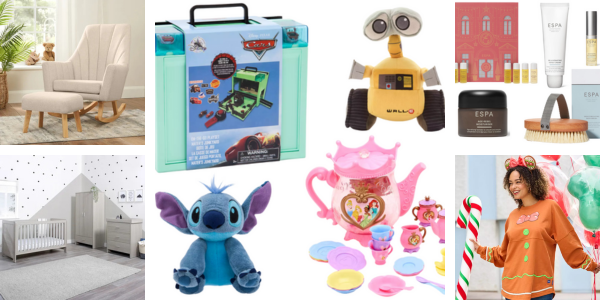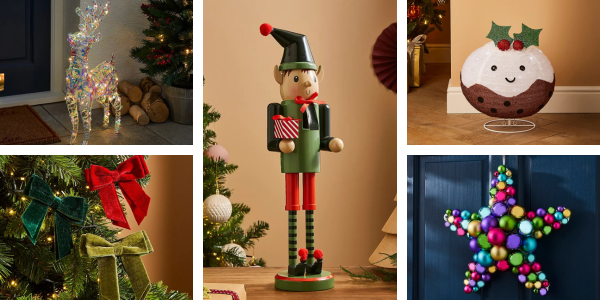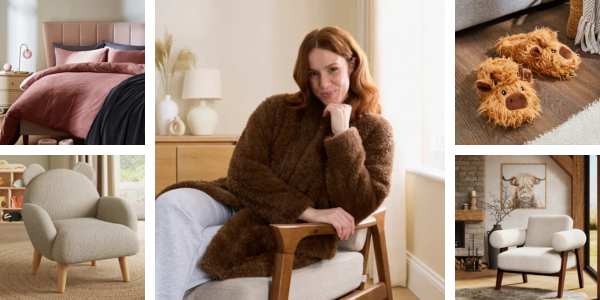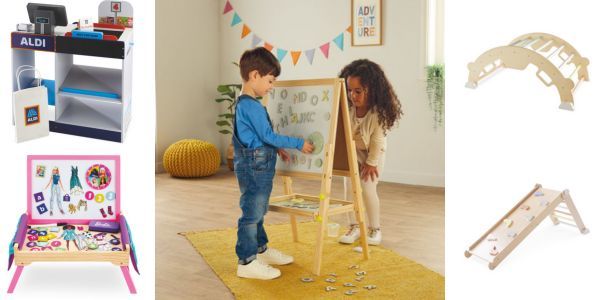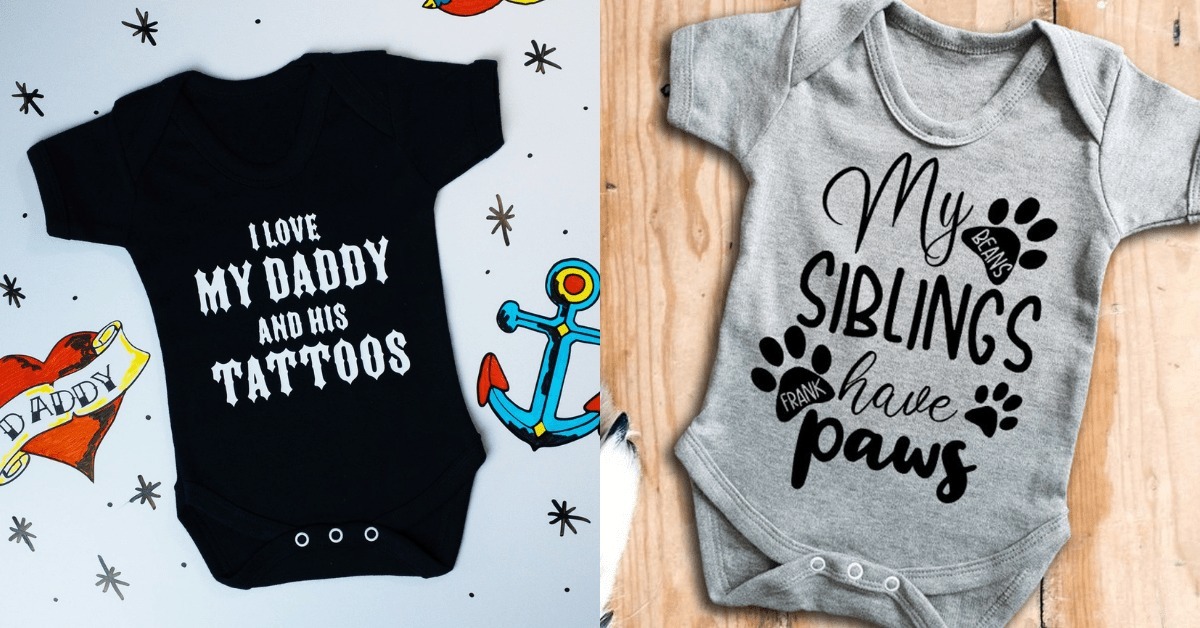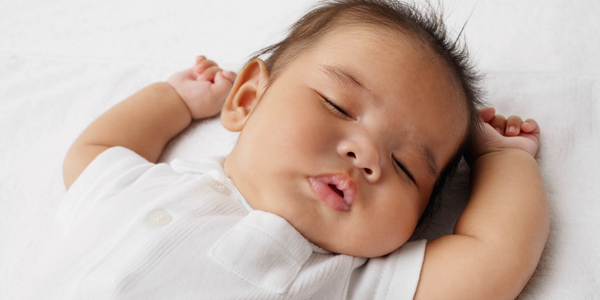

Sleep Safety: Our Guide!
Sleep safety is such a vital aspect of raising a little one; it’s also the cause of major anxiety for so many parents. I for one hold my hands up and admit to many sleepless nights spent staring at my sons chest to make sure he’s breathing.
The Lullaby Trust, for me and many parents in our private group, is a valuable resource to help us maximise the sleep safety for our precious babies. The NHS safe sleep guidelines are also very handy, and evidence based too, mirroring the advice given by The Lullaby Trust.
Here is our quick overview of current sleep safety guidelines, using official and evidence-based information from reliable sources!
Bumpers:
Both the NHS and The Lullaby Trust advise not using bumpers for various reasons.
• They restrict the flow of air into the cot and also raise the temperature – both elements that raise the risk of SIDS.
• They’re not breathable so a baby can roll in the night and press their faces against them during their sleep, resulting in awful outcomes.
• More mobile babies can use them as leverage to throw themselves out of their cot.
Blankets:
It is reccomended that a baby either has a cellular blanket or a grobag until they’re one, at which point a quilt and pillow are considered safe to introduce (NHS). Cellular blankets are breathable – good for babies who like to throw their blanket over their head! Grobags keep a baby at a safe level of warmth without posing a smothering risk.
What baby should wear to bed:
There has been lots of conflicting info about this; this infographic diagram is handy. It corresponds the best clothing for a baby to sleep in with room temperature, as baby being too warm or too cold can increase the risk of SIDS. Hats are now no longer considered safe to sleep in, nor are bows or headbands. This is because of the risk of these slipping down during sleep and causing a smothering risk. Image credit: babycentre.

Toys, pillows and quilts:
A safe cot is an empty cot – only baby and a cellular blanket or Grobag should be in the cot! As stated above, quilts and pillows aren’t considered safe until baby is one.
When should baby go in their own room:
6 months is advised as the earliest safe point but many paediatricians advise a year. A space saver cot can be a good solution for those of you with a small bedroom, and some of the parents in our online community have told us that they've temporarily camped out on a sofa bed in the nursery if they're desperately unable to fit a cot in their bedroom.
The science behind this advice is that your breathing helps to regulate the breathing of your baby; monitors and sensor pads can definitely be helpful at keeping an ear on your baby if there's no other option, but worth noting that they don't emulate the same regulation. This advice also applies to daytime naps before six months. Read more at The Lullaby Trust here!
Of course, guidelines are just that – a guide, not a law. You don’t have to follow them, but it’s always handy to know them as they’re evidence based and written to help us, not hinder us. We know from first-hand experience that older relatives/friends may have done things differently, and that many people will do things against guidance without problems, but very sadly, there will always be cases where things go wrong, so following modern evidence-based guidelines can reduce risks. The Lullaby Trust has worked tirelessly for many years and has no doubt saved many babies lives, so we're huge fans of their work!
Other articles you may like...

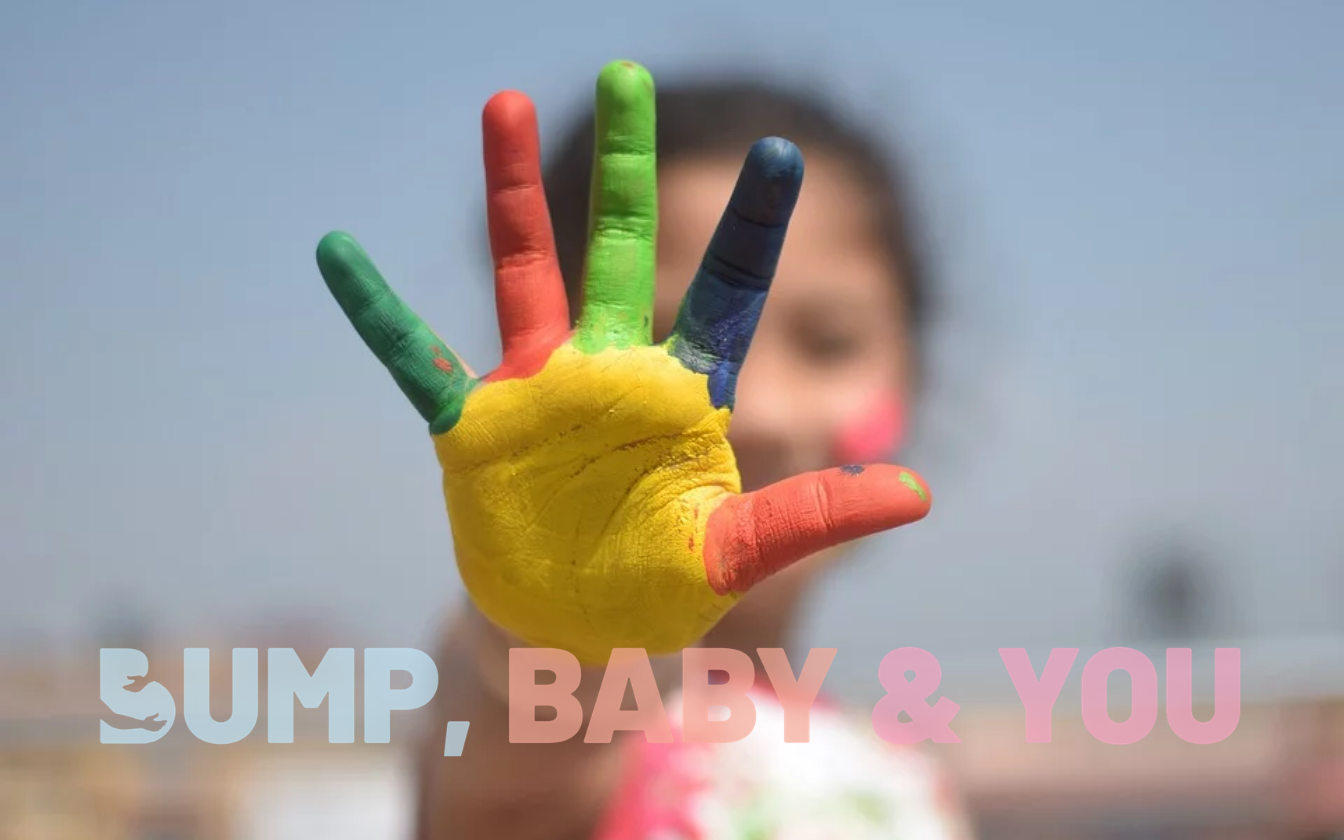
.png)
